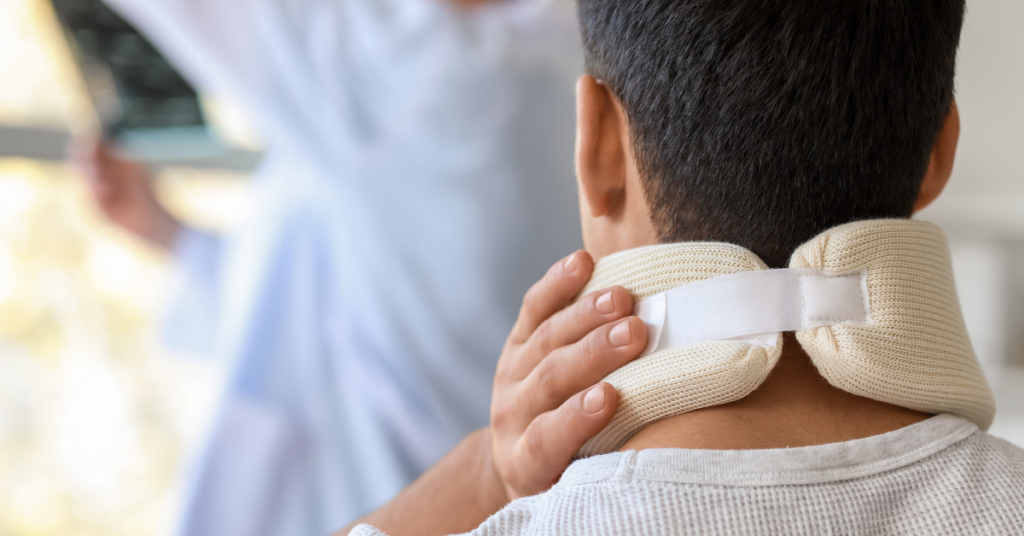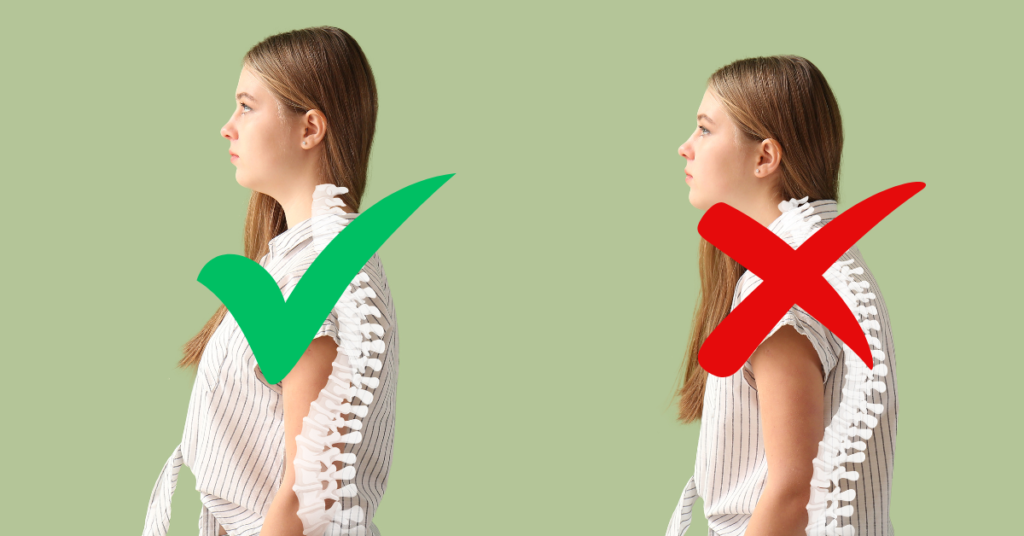Protecting Your Backbone: First Aid for Neck and Spine Injuries

Neck and spine injuries are among the most serious injuries that one can sustain, given their potential to cause long-term damage and significantly affect a person’s quality of life. Understanding how to respond immediately and correctly to these injuries is crucial in mitigating severe consequences.
Immediate first aid can be the difference between a full recovery and lasting harm. This blog post is designed to guide you through the essential steps of providing immediate first aid for neck and spine injuries, emphasizing the critical nature of these injuries and the importance of prompt, informed action.
We will cover everything from recognizing the signs of a neck or spine injury and executing the proper first aid response to understanding when and how to seek professional medical assistance. This information is vital for anyone looking to protect themselves and their loved ones from the potentially devastating effects of neck and spine injuries.
Understanding Neck and Spine Injuries

Neck and spine injuries stand out as some of the most alarming and potentially devastating injuries one can endure, with far-reaching implications that can profoundly affect an individual’s capacity for daily activities and overall quality of life.
- The neck and spine are foundational to the body’s structure, offering the necessary support for head movement and forming the main conduit for neural connections between the brain and the rest of the body. Understanding the basics of this anatomy is essential for grasping why injuries in this region are so consequential. The spinal column is not just a rigid support structure; it is a complex assembly of vertebrae, intervertebral discs, and the spinal cord itself, all of which play a crucial role in enabling mobility and transmitting neural signals.
Types of Injuries:

- Injuries to the neck and spine can vary greatly in severity and type, each with its potential impacts on health. Sprains involve the stretching or tearing of ligaments that support the spine, leading to pain and mobility issues. Fractures refer to breaks or cracks in the vertebrae, which can compromise the structural integrity of the spine and, in severe cases, affect the spinal cord. Spinal cord injuries are among the most severe, potentially resulting in partial or complete paralysis below the site of injury. Each type of injury requires a nuanced understanding for effective management and mitigation of long-term effects.
Recognizing the Signs:
- Prompt recognition of neck and spine injury symptoms can be the difference between recovery and significant, lasting impairment. Symptoms can range from pain and inability to move the neck or limbs, to numbness, tingling, or loss of function in parts of the body. These signs indicate the urgent need for action and the importance of handling the injured individual with utmost care to avoid exacerbating the condition.
Immediate First Aid Steps

When faced with a neck or spine injury, the initial moments following the incident are critical for preventing further injury and ensuring the best possible outcome for the injured person. The primary step is to secure the scene, ensuring it’s safe for both the rescuer and the injured person, thereby preventing additional harm. Assessing the injured without causing further damage is a delicate process that requires patience and care, focusing on verbal communication to gauge their condition without any physical manipulation. Understanding the dos and don’ts of immediate first aid in these situations can make a significant difference in the injured person’s recovery process.
- Safety First:
- Ensure the scene is safe for both the responder and the injured person to avoid additional injuries.
- Take precautions to protect yourself and the injured from any ongoing risks.
- Assessment Without Movement:
- Use verbal communication to assess the injured person’s condition without moving them, looking for verbal cues or visible signs of injury.
- Avoid any physical examination that requires moving the person’s neck or back.
- The Dos and Don’ts:
- Do: Keep the injured person still to prevent further injury, call emergency services immediately, and continuously monitor their condition for any changes.
- Don’t: Move the injured person unless it is absolutely necessary to remove them from immediate danger, attempt to realign the spine or any body parts, or remove a helmet if one is being worn, as this could exacerbate neck injuries.
How To Prevent It?

Preventing neck and spine injuries is fundamental to ensuring the safety and well-being of individuals during everyday activities and sports. Adopting safe practices can significantly reduce the risk of these potentially life-altering injuries. This involves being mindful of one’s movements and surroundings, particularly in environments prone to falls or accidents.
Equally important is the use of appropriate protective gear, such as helmets and padding in sports, which can absorb impacts and provide support to the neck and spine. Education and awareness play a crucial role in prevention, as understanding the risks and knowing how to avoid them through proper techniques and behaviors can prevent many injuries before they occur.
Teaching both young ones and adults about these preventive measures fosters a culture of safety that can protect individuals throughout their lives.
- Safe Practices:
- Implement safety measures in everyday activities and sports to minimize the risk of falls and impacts.
- Encourage proper techniques and postures that protect the neck and spine.
- Protective Gear:
- Stress the importance of wearing the right safety equipment for activities prone to falls or collisions, such as cycling, skateboarding, or contact sports.
- Ensure that the protective gear is correctly fitted to offer the best protection.
- Education and Awareness:
- Educate both children and adults on the potential risks of neck and spine injuries and how to prevent them.
- Promote awareness programs and training sessions that teach injury prevention strategies and the importance of adopting safe practices in all activities.
The First Aid Nest run public and workplace first aid courses, Australia wide.
Our workplace first aid courses can be run at your site.
Our public classes are here in Sydney and are the best option if you are an individual, a couple or a group
of just a few people.
Our sophisticated system will take the headache out of renewal for you too. Lose your certificate? No problem, just log in and download your certificate again anytime. We will also send you reminders about when your certificate is about to expire!
Book your spot or workplace with us today, contact us with any questions, or head to our FAQ page.
